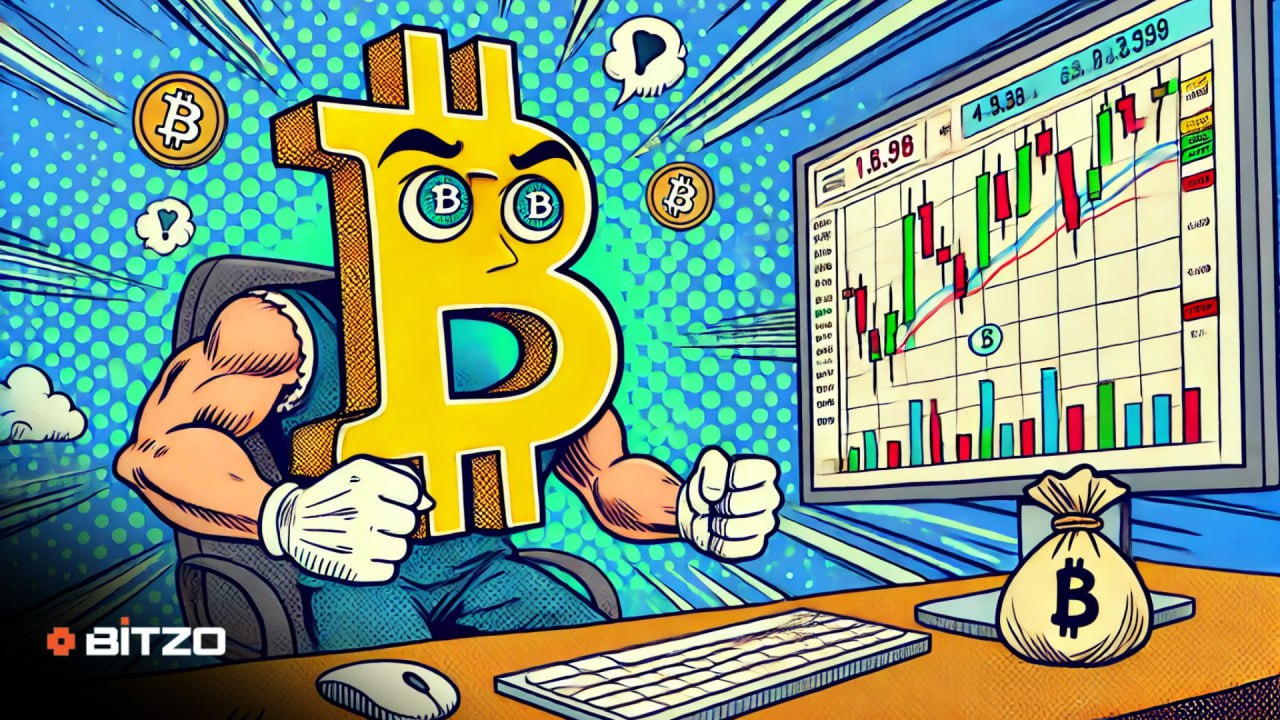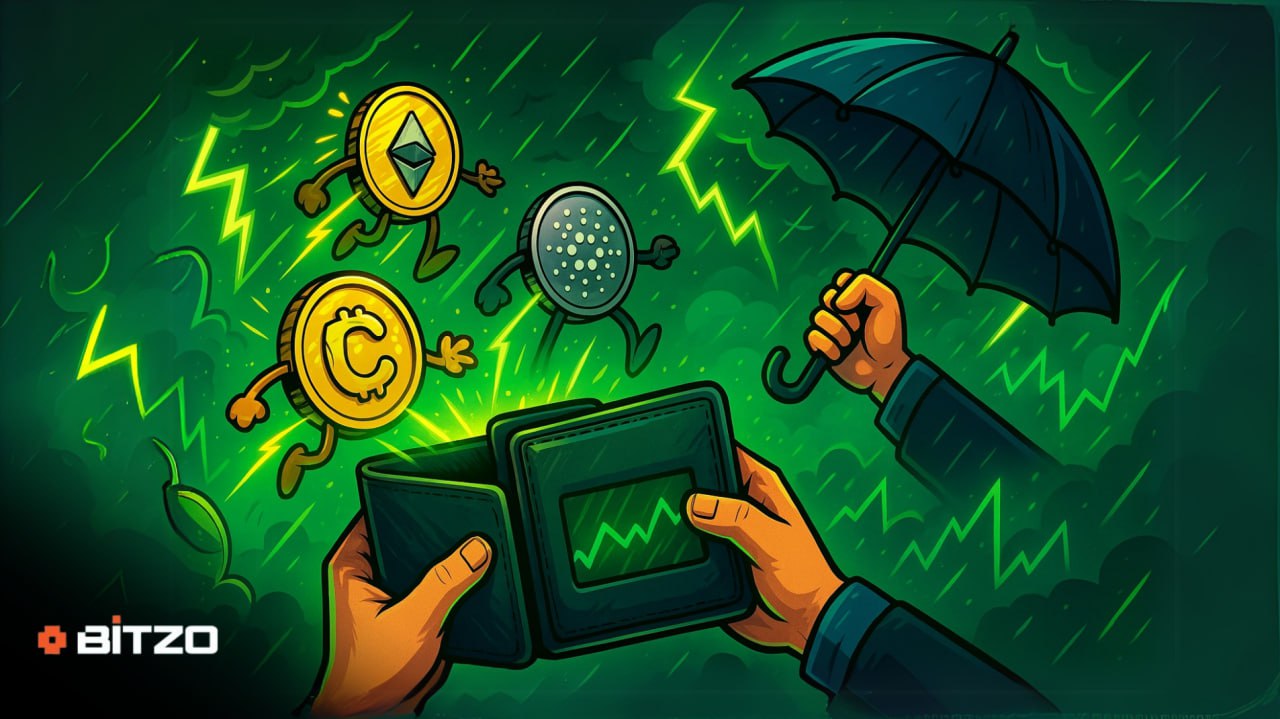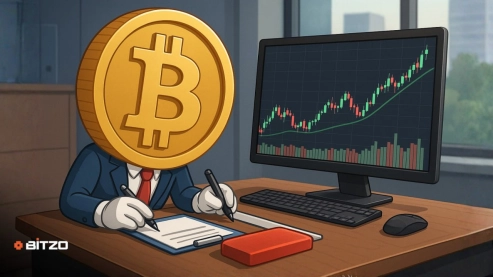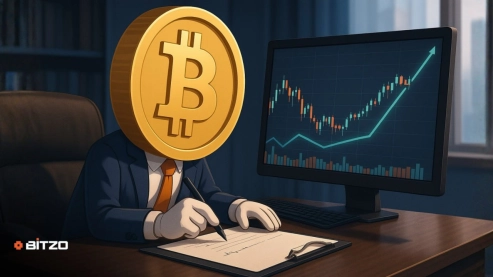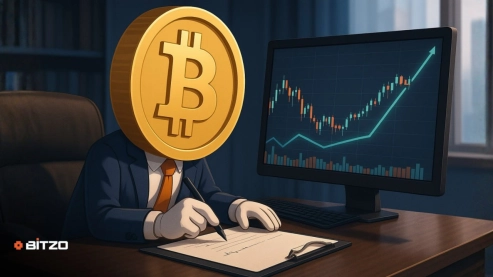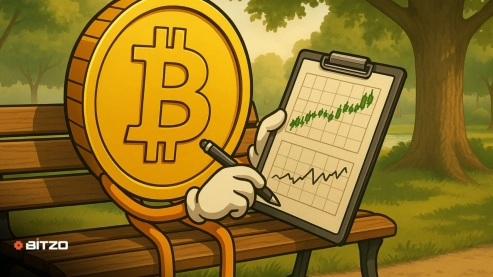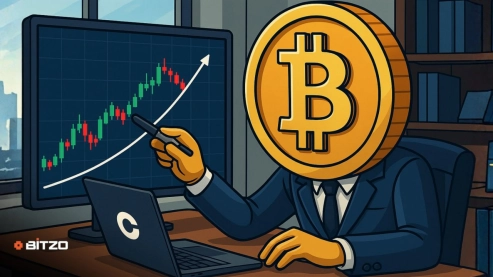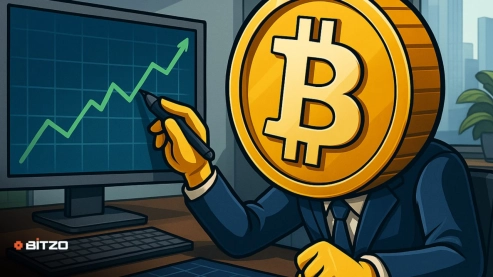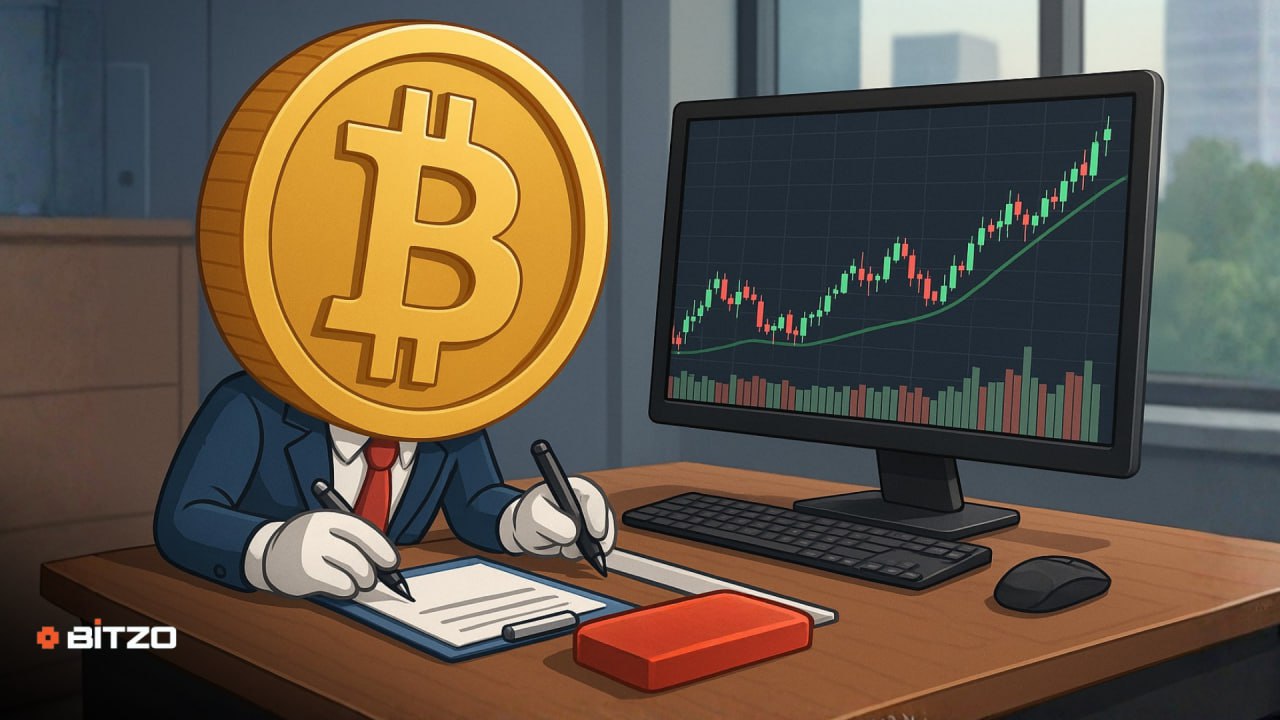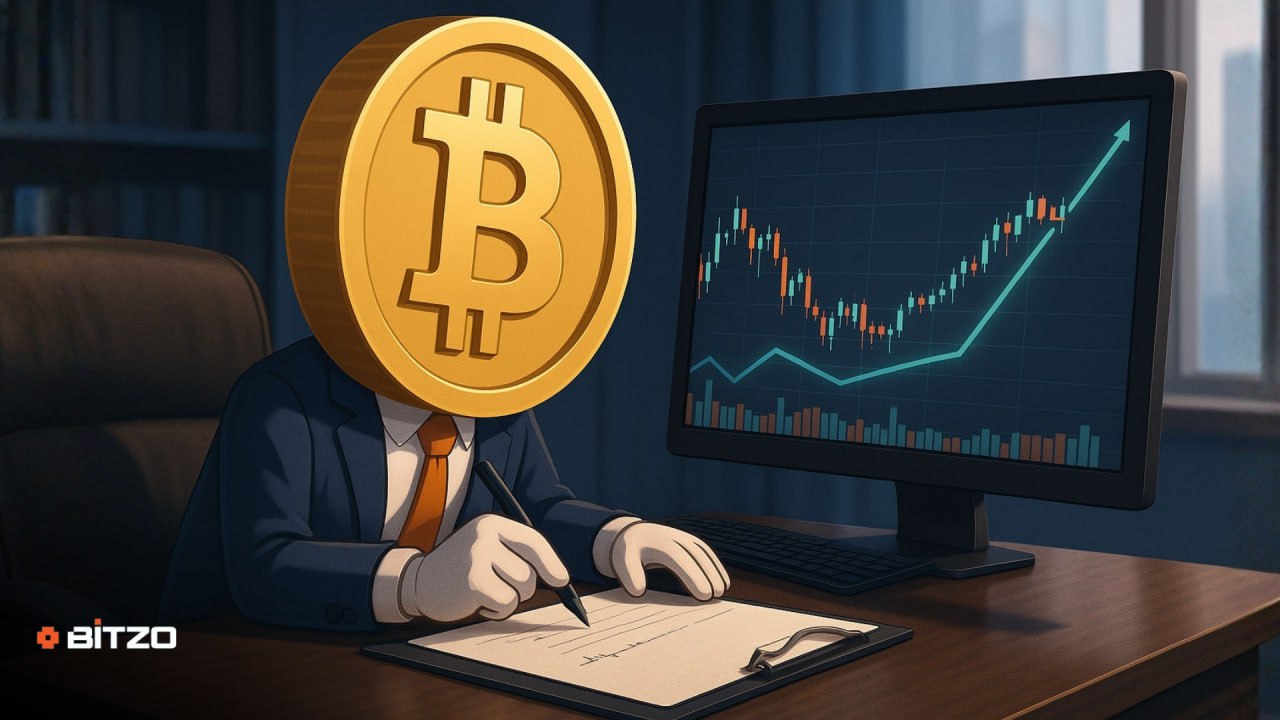Bitcoin Price Analysis: BTC Punches Through $83,000 As Stagflation Fears Spook Investors
Bitcoin (BTC) crossed the $83,000 mark on Friday as it continued its upward trajectory. The flagship cryptocurrency has gained over 5% during the week and is up almost 3% over the past 24 hours.
Growing fears of stagflation are pushing investors towards assets like Bitcoin, which are viewed as immune to monetary erosion.
Whales Loading Up On Bitcoin (BTC)
Bitcoin (BTC) has registered modest gains over the past 24 hours as it climbed back above $83,000, recovering from a correction that took the price to a low of $74,393 earlier in the week. BTC’s recovery comes after President Donald Trump announced a 90-day pause on tariffs, giving markets a much-needed respite. However, BTC remains almost 24% lower than its all-time high, set in January. The flagship cryptocurrency’s recovery coincides with growing interest from large-scale holders. According to on-chain data shared by CryptoQuant analyst Burak Kesmeci, wallets associated with long-term investors received 48,575 BTC. The inflow, the largest since February 2022, totaled $3.6 billion in value. According to the analyst, the timing is significant because it mirrors a similar event from the past in scale and macroeconomic backdrop.
Kesmeci stated that these accumulation wallets typically increase holdings during market pullbacks. The April 9 accumulation occurred when the asset was trading around $76,000, a level tested during last week’s selloff. The volume and pattern of inflows suggest a recurring strategy among institutional investors where they capitalize on corrections and accumulate during uncertainty. The total value of inflows matches a similar event that unfolded on February 1, 2022, another phase of broad macroeconomic instability.
“Massive $3.6 Billion Bitcoin Inflow to Accumulation Addresses! Bitcoin accumulation addresses received 48,575 BTC — the largest single-day inflow since February 1, 2022. When accumulation addresses move this aggressively, it’s worth paying attention.”
Another CryptoQuant analyst noted that whale wallets holding large BTC balances have resumed buying since March. According to the analyst, more than 100,000 BTC have been added to whale reserves since March.
Crypto Needs Short-Term Solutions
Acting Securities and Exchange Commission (SEC) Chair Mark Uyeda believes a fast-tracked temporary crypto regulatory framework could bolster innovation within the US crypto industry while lawmakers work on permanent regulatory measures. Uyeda made the comments during a discussion at the SEC’s April 11 Crypto Task Force roundtable.
“A time-limited, conditional exemptive relief framework for registrants and non-registrants could allow for greater innovation with blockchain technology within the United States in the near term.”
Uyeda believes this could be the short-term answer while the SEC works on a long-term solution. He also flagged state-by-state regulation of crypto as a concern, warning it could lead to a patchwork of state licensing regimes. According to the acting SEC Chair, a favorable federal regulatory framework would ease the burden on market participants wishing to offer tokenized securities and non-security crypto assets, allowing them to operate under a single SEC license instead of a different one in each state.
Bitcoin (BTC) Price Analysis
Bitcoin (BTC) surged past $83,000 on Friday, reporting substantial gains after President Donald Trump announced a 90-day pause on tariffs. Investors have turned to Bitcoin as fears of stagflation grow, pushing market participants towards assets seen as immune to monetary erosion. BTC’s latest jump comes after Trump hiked tariffs on Chinese imports to 145%, sparking concerns about supply chain disruptions, rising consumer prices, and faltering growth.
“China has raised their tariffs on US goods from 84% to 125% as President Trump has raised tariffs on China goods to 145%.”
The University of Michigan’s consumer sentiment index dropped to 54 in April, its lowest level in six months, further adding to market uncertainty. Core CPI numbers also cooled to 2.8% year-over-year, underscoring persistent price stickiness despite a cooling economy. Meanwhile, JPMorgan CEO Jamie Dimon warned shareholders that current trade tensions between the US and China risk raising inflation and increasing the possibility of a recession.
Bitcoin registered a marginal increase last Friday but was back in the red over the weekend, dropping 0.48% on Saturday to $83,423. Bearish sentiment intensified on Sunday as BTC plunged over 6%, slipping below $80,000 and settling at $78,301. The price faced volatility on Monday thanks to uncertainty fueled by rumors of a tariff pause. As a result, BTC fell to a low of $74,393 before surging past $80,000 and then dropping to settle at $79,164, ultimately registering an increase of 1.10%. However, BTC was back in the red on Tuesday, dropping almost 4% and settling at $76,283.
Source: TradingView
Markets surged on Wednesday after President Donald Trump announced a 90-day pause in tariffs. As a result, BTC surged over 8% to reclaim $80,000 and settle at $82,593. However, the flagship cryptocurrency lost momentum on Thursday, dropping almost 4%, slipping below $80,000 and settling at $79,592. The price recovered on Friday, rising almost 5% to reclaim $80,000, move past $83,000 and settle at $83,370. The current session sees BTC marginally up as buyers and sellers struggle to establish control. Buyers will look to maintain control and push BTC past $85,000.
Disclaimer: This article is provided for informational purposes only. It is not offered or intended to be used as legal, tax, investment, financial, or other advice.
Investment Disclaimer





